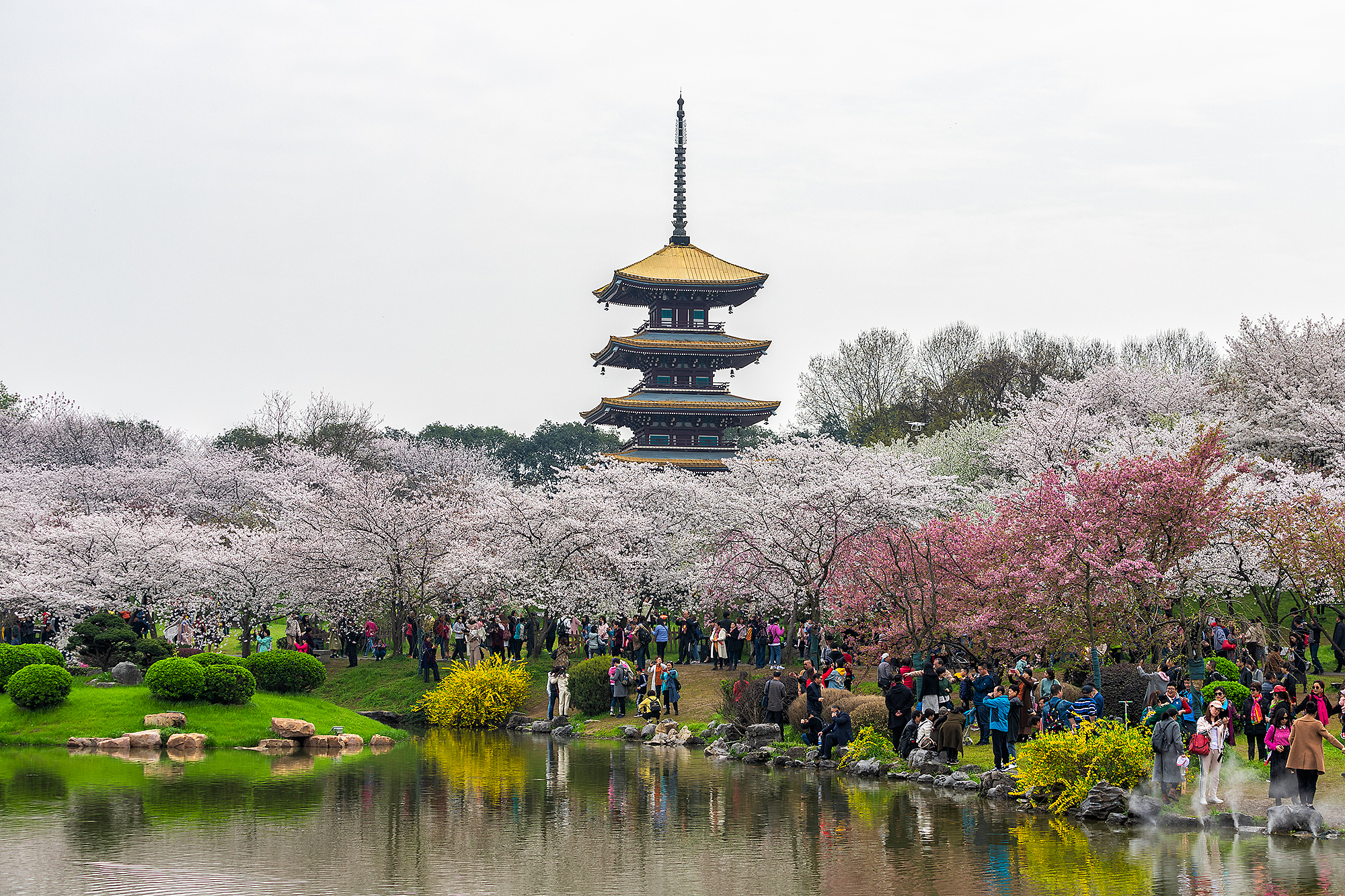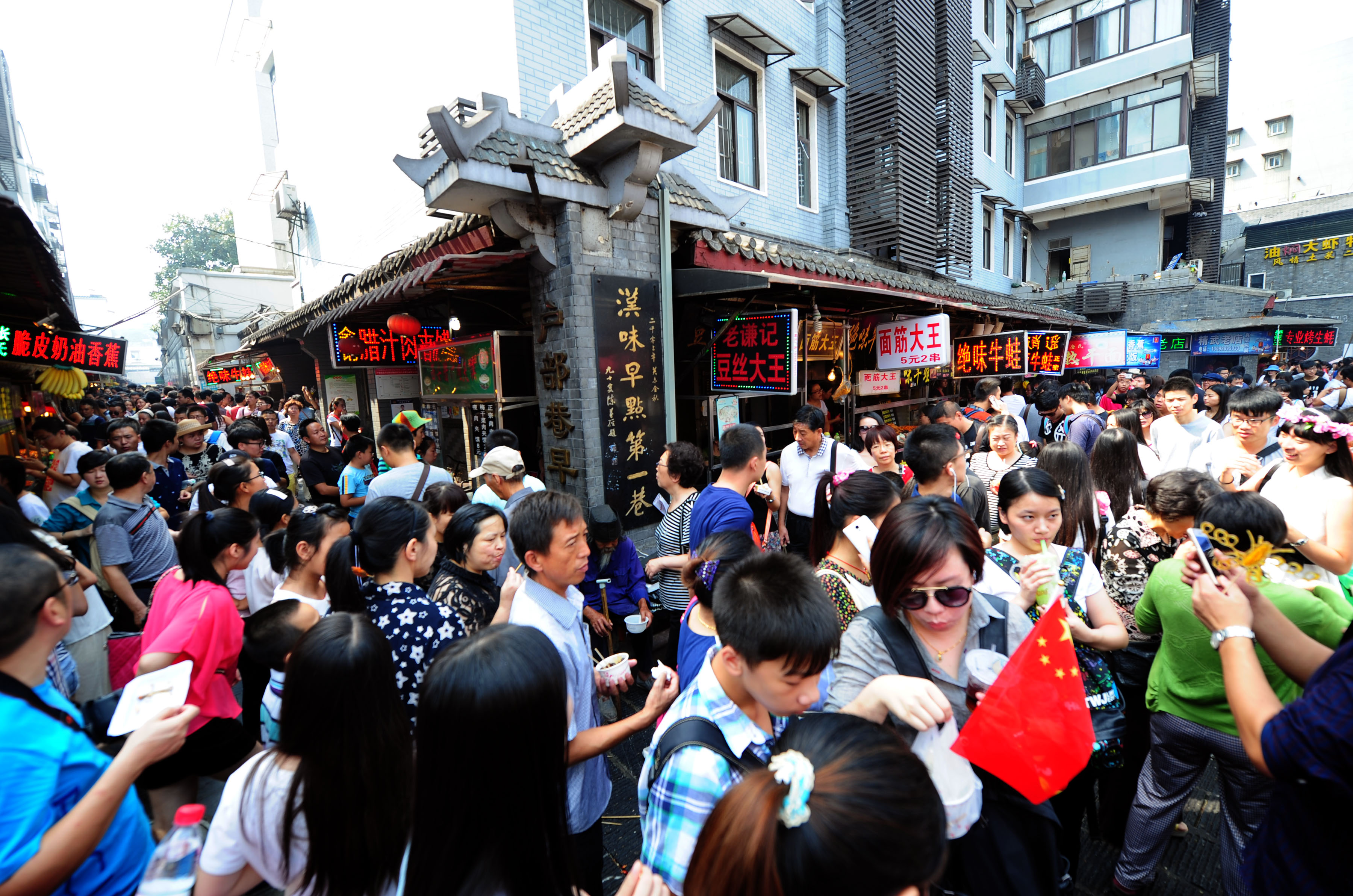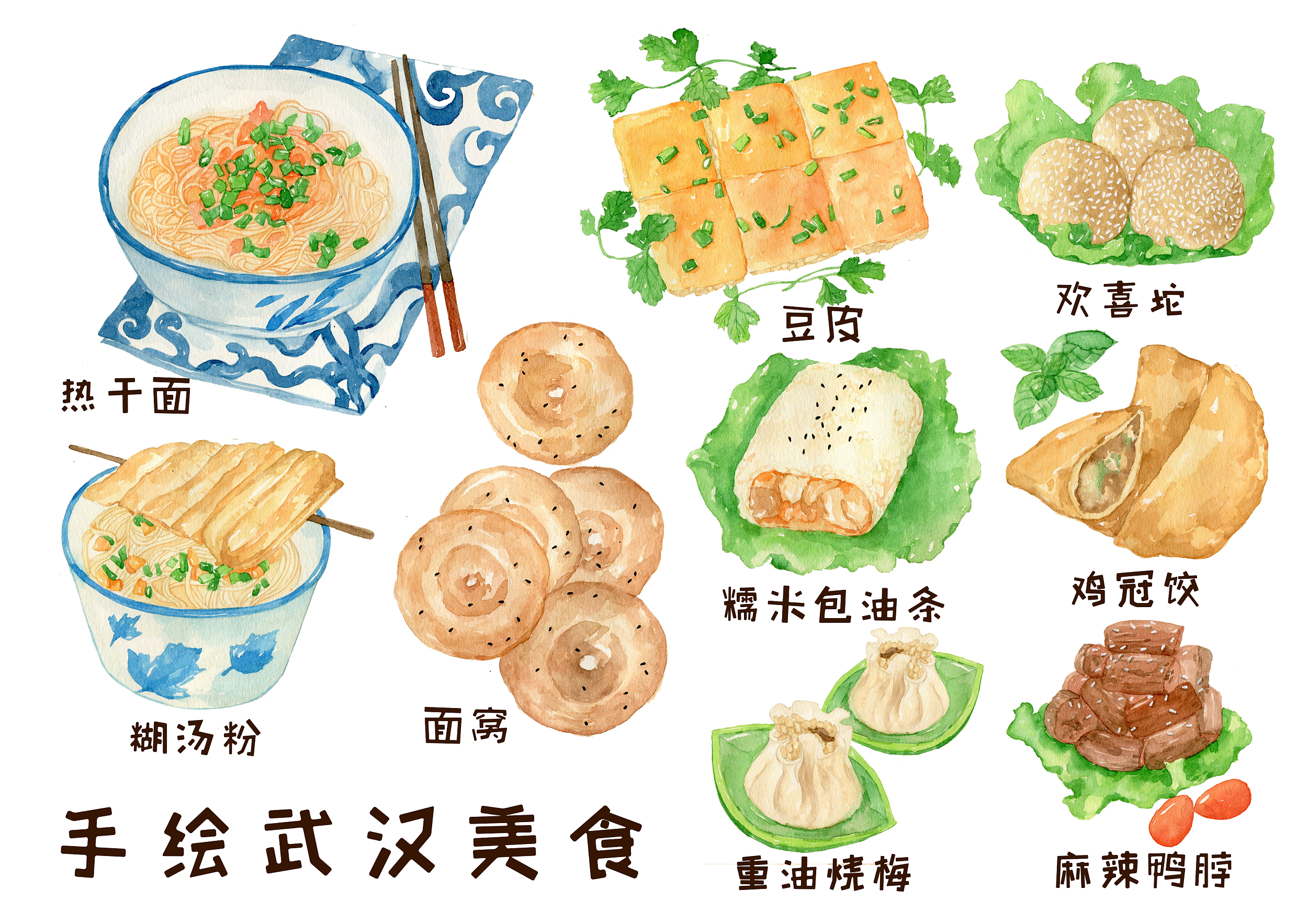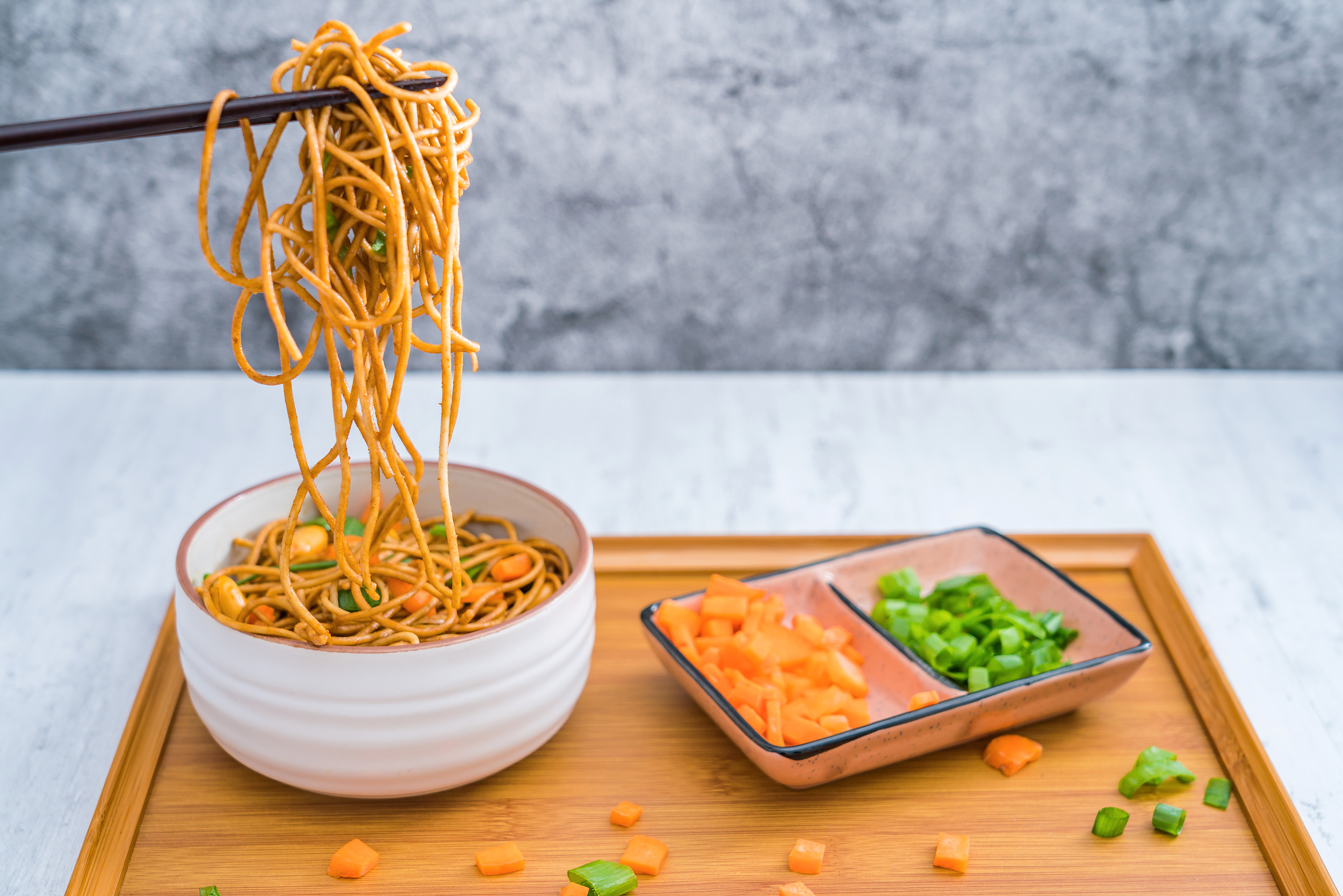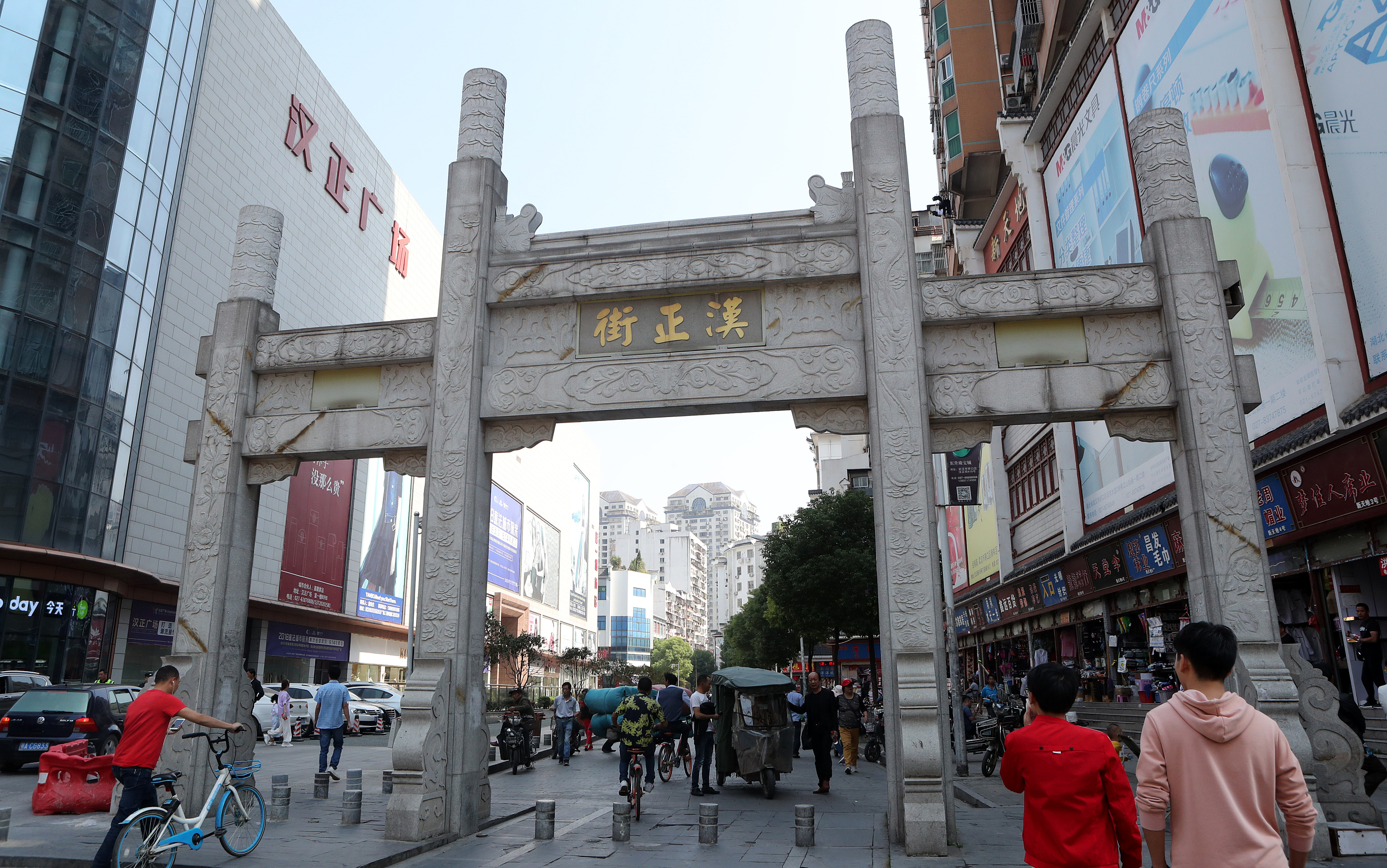As a Chinese saying goes, "The unique local features of a place give rise to the special characteristics of its inhabitants." People living in Wuhan in Central China's Hubei Province are just as great as the city they live in. They work hard to support their families, enjoy eating delicious food and spending their leisure time with those they love. They can give all their attention to a simple bowl of hot dry noodles and are patient enough to chew the meat right off of every single vertebra of a spicy duck neck. Considering they like spending time wandering around the city's various parks and streets during their time off, it was almost impossible for them to stay at home for 76 days straight during the height of the COVID-19 epidemic in China. In the end, however, they made it. Now with the lockdown lifted, their lives are returning to normal little by little.
Like the ancient side of Wuhan with its brilliant historical treasures, modern Wuhan draws visitors from all corners with its unique charm. Although the city and its people were placed under siege by the COVID-19 epidemic, their bravery and tenacity helped see them through to the light at the end of the tunnel. Now they are drawing upon this same well of strength to face the life once again as they strive to return to a semblance of normality. Chen Mengqiao, a 26-year-old white-collar worker, is one such resident. Below we take a look at her daily life in real Wuhan.
